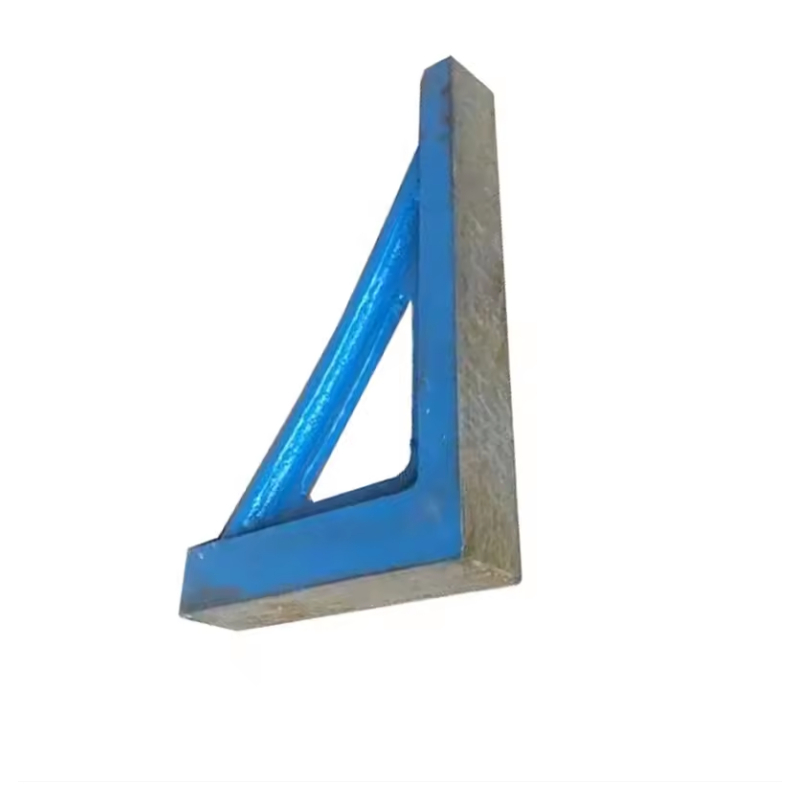Sep . 02, 2024 23:47 Back to list
making a welding table
Making a Welding Table A Comprehensive Guide
Creating a welding table is an essential project for any welder, whether you’re a hobbyist or a professional. A sturdy, well-designed table can significantly enhance your welding experience, ensuring precision and safety. In this article, we’ll explore the key considerations and steps involved in making your own welding table.
Key Considerations
Before you start, it's important to consider a few critical factors
1. Size Your table's dimensions should align with your workspace and the types of projects you typically undertake. A standard size is usually around 4 feet by 4 feet, but you can customize it based on your needs.
2. Material The table's surface should be made from sturdy materials that can withstand high temperatures and heavy weights. Steel is a popular choice due to its durability and resistance to heat.
3. Height The welding table should be at a comfortable height for you to work while standing or seated. An adjustable height might be beneficial if multiple users share the workspace.
4. Mobility Depending on your workspace, you may want a table that is either mobile or stationary. Adding wheels can facilitate easy movement, while creating a fixed base ensures stability during welding.
5. Design Features Consider incorporating features such as hooks for tools, built-in clamps, or an integrated vice to enhance functionality.
Step-by-Step Process
making a welding table

Now that you’ve established the essential considerations, here’s a step-by-step guide to constructing your welding table
1. Gather Materials and Tools You’ll need steel sheets for the top, angle iron or square tubing for the frame, and welding equipment. Additionally, have tools such as a drill, grinder, measuring tape, and level on hand.
2. Cut the Steel Measure and cut the steel sheets for the table top and frame. Ensure all pieces are cut accurately to fit together seamlessly. If you're unfamiliar with cutting steel, consider seeking assistance or using professional services.
3. Assemble the Frame Using the angle iron or square tubing, create a sturdy frame. Weld the corners securely and ensure that the frame is square and level. This step is critical for stability, so take your time.
4. Attach the Tabletop Once the frame is complete, position the steel sheets on top. If using multiple sheets, make sure they fit together without gaps. Weld them securely to the frame, ensuring that the surface is flat and even.
5. Add Legs and Support Depending on whether your table will be stationary or mobile, attach legs that are capable of supporting the weight you plan to place on the table. If using wheels, ensure they are rated for the weight and can lock to maintain stability while working.
6. Finishing Touches After assembling your welding table, consider finishing the surface to avoid rust and corrosion. A coat of paint or a protective sealant can enhance durability.
7. Test and Adjust Finally, test the table with some welding projects to ensure it meets your expectations. Make any necessary adjustments to height, support, or features.
Conclusion
Building your own welding table may seem like a daunting task, but with careful planning and execution, it can be a rewarding project. Not only will it provide a solid foundation for your welding work, but it can also be customized to fit your specific needs and preferences. Happy welding!
-
thread-plug-gauge-our-promise-of-measurement-excellenceNewsAug.22,2025
-
gauge-pin-class-reflecting-quality-legacyNewsAug.22,2025
-
check-valve-types-for-high-rise-buildingsNewsAug.22,2025
-
water-control-valve-for-irrigation-systemsNewsAug.22,2025
-
gate-valve-with-soft-seal-technologyNewsAug.22,2025
-
y-type-strainer-for-oil-and-gas-applicationsNewsAug.22,2025
Related PRODUCTS









